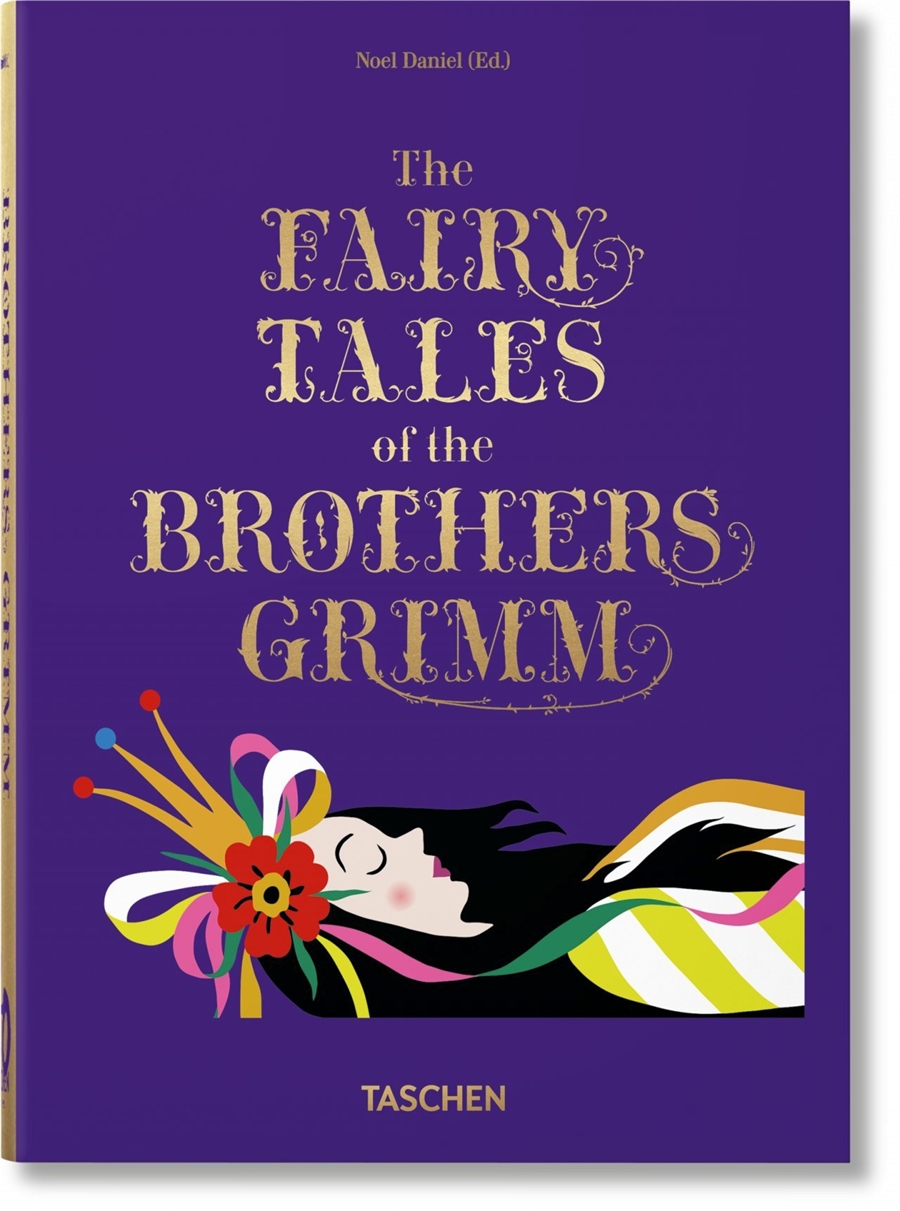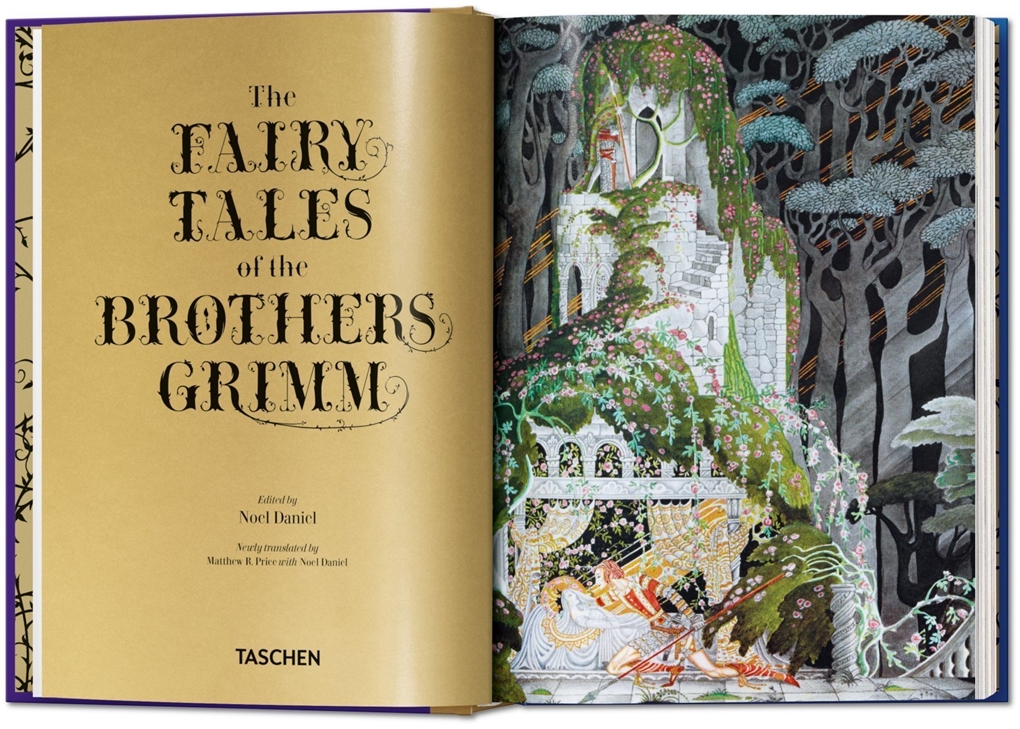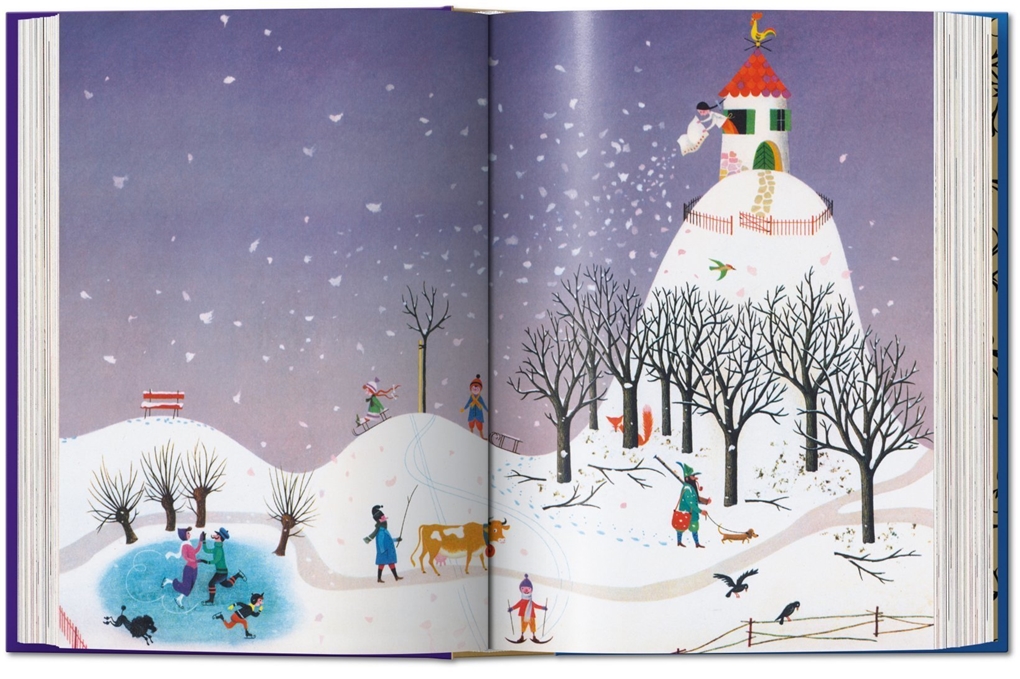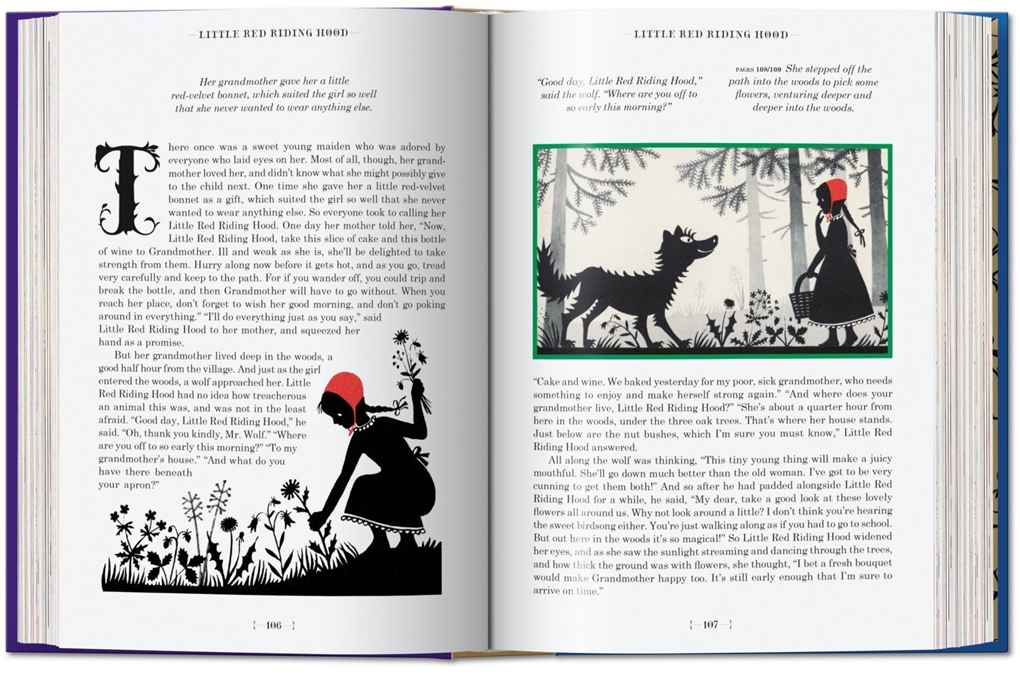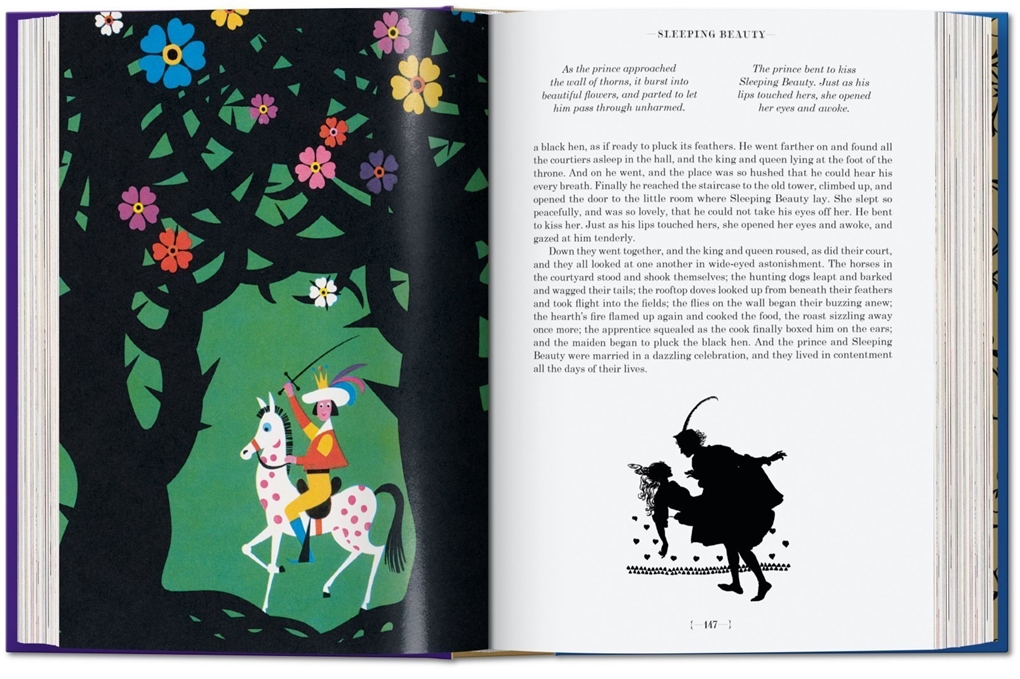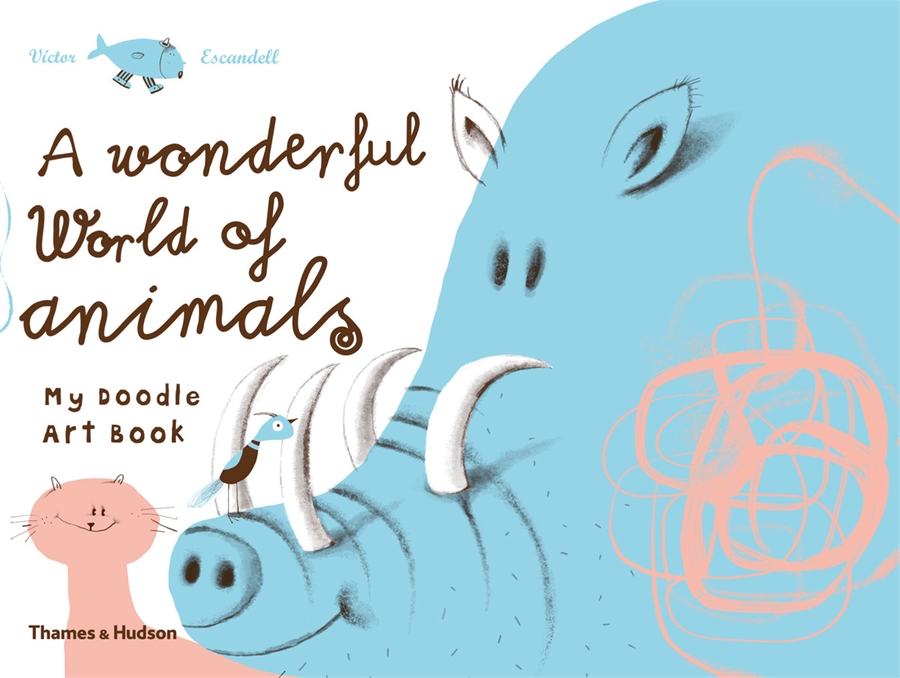Description
More than 200 years ago, two brothers from Kassel, Jacob and Wilhelm Grimm, published the first volume of their collection of German folktales. Over time the stories in their collection grew until finally they numbered 200 fairy tales and ten legends. What was initially an attempt to preserve German traditions for posterity is today the most widely read collection of stories after the Bible. From Snow White to Cinderella and Rapunzel to Rumpelstiltskin, the Brothers Grimm left behind a canon of fairy tales that have become classics of children’s literature, part of the UNESCO world heritage, and an indispensable piece of our history and culture.
Hans Christian Andersen‘s own life seemed to be out of a fairy tale-Charles Dickens was among his friends and admirers, and European princes held him in high regard. Through determination, talent, many a fortunate coincidence, and an exuberant imagination, he came out of impoverished circumstances to write himself into world literature. A fairytale kingdom without Andersen would be very impoverished itself and would have to do without characters such as the Snow Queen, the Princess and the Pea, Thumbelina or the Little Match Girl, but also many previously inanimate items which Andersen brought to life: silver shillings and darning needles, and especially his Steadfast Tin Soldier.
The Grimms’ and Andersen’s tales have inspired generations of artists, and each fairy tale in this volume is colorfully interpreted by a famous illustrator: legends such as Kay Nielsen (a leading exponent of the Golden Age of Illustration that ended in the 1920s), the Arts and Crafts master Walter Crane, Arthur Rackham, and the Swiss commercial artist Herbert Leupin. Alongside are silhouettes from historical publications as well as new vignettes that were made especially for this edition, which dance across the pages in an intricate shadow play. Introductory essays, on the fairy tales of the Brothers Grimm as reflected in art and on Andersen as the heart and soul of the modern fairy tale, complement these flights of fancy, as do the short summaries on each fairy tale and artists’ biographies.
This double-sided book contains the fairy tales of the Brothers Grimm on one side and Hans Christian Andersen’s tales on the other, each with its own cover. The following fairy tales are included:
The Brothers Grimm:
The Frog Prince, The Wolf and the Seven Little Goats, Rapunzel, Hansel and Gretel, The Brave Little Tailor, Cinderella, Mother Holle, Little Red Riding Hood, The Bremen Town Musicians, The Shoemaker and the Elves, Tom Thumb’s Travels, Sleeping Beauty, Snow White, Rumpelstiltskin, The Three Feathers, The Golden Goose, The Goose Girl, The Twelve Dancing Princesses, The Star Coins, The Hare and the Hedgehog, Puss ‘n Boots
Hans Christian Andersen:
The Princess and the Pea, The Nightingale, The Swineherd, The Emperor’s New Clothes, Twelve by Mail Coach, The Steadfast Tin Soldier, The Snow Queen, Ole Shut-Eye, The Ugly Duckling, Little Ida’s Flowers, The Shepherdess and the Chimney Sweep, The Flying Trunk, The Little Match Girl, The Tinderbox
